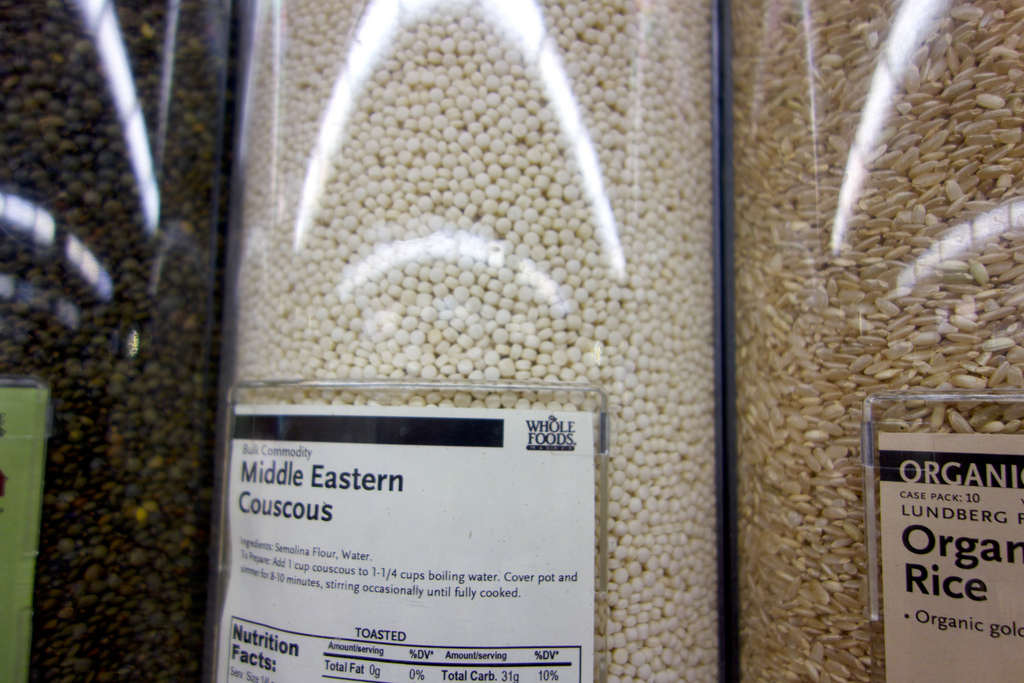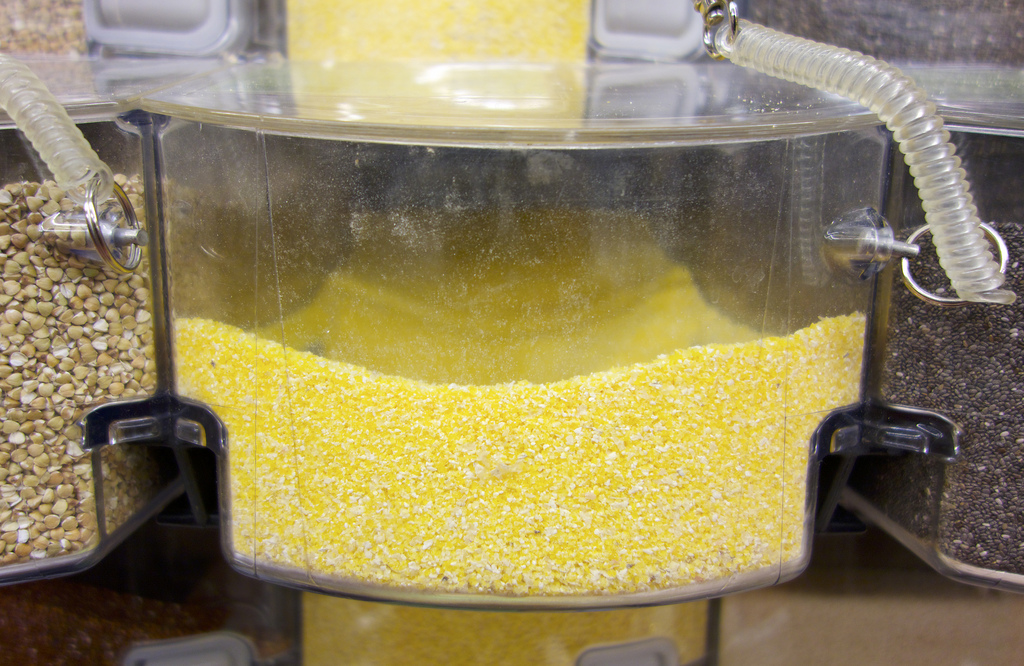Grains are such a staple in our diets that we often forget about the wide variety of both exotic and traditional one that are available. And since they’re the largest food group on the food pyramid, why not diversify the types of grains you eat? Instead of reaching for your refined white bread sandwich or your boring bowl of white rice, try whipping up a dish using these few unconventional, yet incredibly tasty options.
Quinoa
Quinoa has been repeatedly dubbed the new “it” health food, but what exactly makes it so healthy? Quinoa is one of the most protein-rich foods we can eat and is chock full of essential amino acids. It contains lysine, which aids in tissue repair, and magnesium, which helps alleviate migraines.

Photo by Naib Mian
Couscous
Couscous is a traditional North African pasta made from semolina seeds. It’s a good source of lean protein, dietary fiber and B vitamins. Couscous can be eaten in place of rice, as a side dish or even as a dessert.

Photo by Naib Mian
Polenta
Polenta dates back to 18th century Italy, where it was considered a peasant food because it was so cheap and plentiful. Today, it’s known for its unique texture and relatively easy preparation. Polenta is essentially cooked cornmeal and is made by mashing up dried corn and boiling it in water to create a creamy porridge.

Photo by Naib Mian
Brown Rice
Brown rice is a whole grain rice that is nuttier and chewier than traditional white rice. Unlike white rice, brown rice isn’t stripped of the bran and germ (the outer skin and embryo of the seed). Brown rice varieties typically contain fewer calories and carbs than white rice varieties, but it has slightly more fat due to the bran and germ. Brown rice is also more nutritious than white rice due to its higher fiber and vitamin content.

Photo by Naib Mian
Barley
Commonly used as a fermentable material for beer and as animal fodder, barley can also be eaten simply as a grain. Barley has a rich nutty flavor and chewy, pasta-like texture. It’s high in dietary fiber, which helps maintain a healthy colon, liver and muscles. It’s also been shown that eating barley regularly significantly lowers the risk of type 2 diabetes.

Photo by Naib Mian

